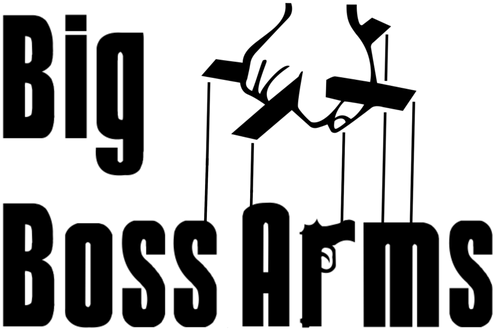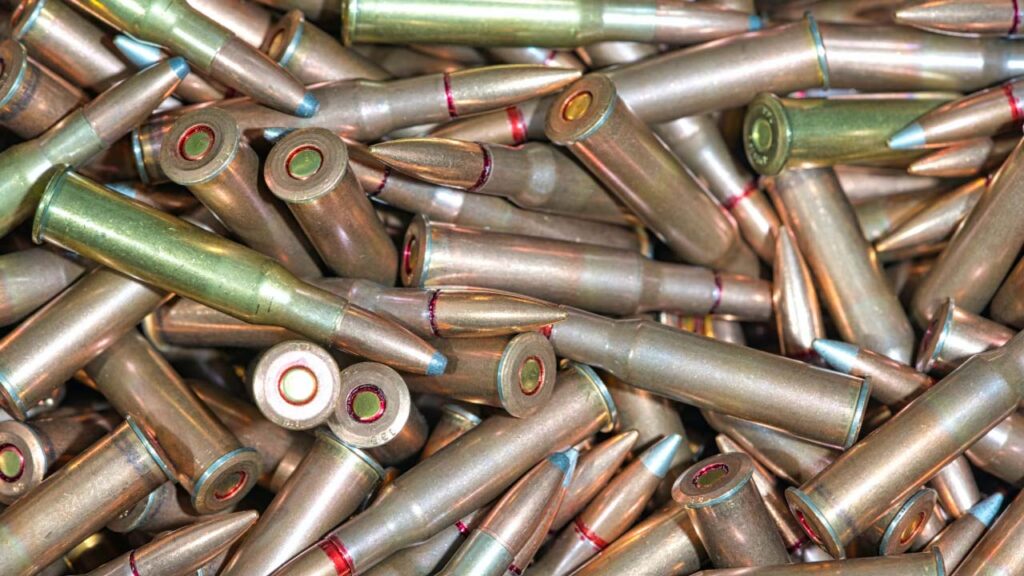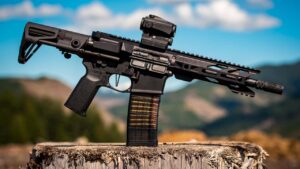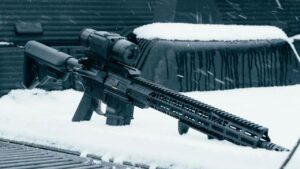Firearms and ammunition have evolved significantly over the years, with manufacturers constantly striving to improve performance, accuracy, and lethality. A crucial aspect of this evolution is bullet design. The choice of bullet design can dramatically influence a bullet’s behavior upon impact, making it an essential consideration for hunters, sport shooters, and anyone concerned with self-defense.
In this comprehensive guide, we’ll delve deep into the world of bullet design, exploring the intricacies of hollow points, soft points, and other variations. By the end, you’ll have a solid understanding of how these designs work, their applications, and how to choose the right one for your specific needs.
Understanding Bullet Anatomy
Before we dive into specific bullet designs, let’s establish a basic understanding of bullet anatomy. A typical bullet consists of several key components:
- Base: The rear end of the bullet, which is usually flat or slightly concave.
- Body or Shank: The cylindrical portion that comprises the majority of the bullet’s length.
- Nose: The front end of the bullet, which can take various shapes, depending on the design.
- Tip: The very tip of the bullet, which can be flat, pointed, or indented.
- Cavity: A hollow or partially hollow area within the bullet’s nose, in designs like hollow points.
- Jacket: A metal casing, often made of copper, surrounding the core (if present).
- Core: The inner part of the bullet, which can be lead or another material.
Now, let’s explore some common bullet designs and their unique features.
1. Full Metal Jacket (FMJ)
Full Metal Jacket bullets are among the most common types. They feature a soft lead core enclosed by a harder metal shell, usually copper. FMJ bullets are known for their stability in flight, making them popular for target shooting and military use. However, their design is not optimized for expansion upon impact, which limits their effectiveness for hunting and self-defense.
2. Hollow Point (HP)
Hollow Point bullets are designed for maximum expansion upon impact. They have a hollow cavity in the nose, which causes the bullet to mushroom upon hitting a target. This expansion creates a larger wound channel, making them highly effective for self-defense and hunting, as they transfer more energy to the target.
3. Soft Point (SP)
Soft Point bullets have a soft lead tip exposed at the nose, surrounded by a jacket. The exposed lead tip initiates expansion upon impact, while the jacket controls the expansion to some extent. SP bullets are a popular choice for hunting, as they provide controlled expansion and deeper penetration than HP bullets.
4. Ballistic Tip (BT)
Ballistic Tip bullets feature a plastic tip covering the lead core. This design combines the aerodynamic advantages of FMJ bullets with the expansion properties of HP and SP bullets. They are a favorite among long-range hunters and precision shooters.
5. Boat Tail (BT)
Boat Tail bullets have a tapered base that resembles the back of a boat. This design reduces drag and improves accuracy, making them ideal for long-range shooting. While not designed for expansion, they are highly effective at maintaining accuracy over long distances.
6. Frangible Bullets
Frangible bullets are designed to disintegrate upon impact, often breaking into smaller pieces. They are used in scenarios where over-penetration is a concern, such as shooting in close quarters or for safety in steel target shooting.
7. Solid Bullets
Solid bullets are typically used for hunting large game. They are constructed entirely from a single material, usually copper or brass, and do not expand upon impact. Instead, they penetrate deeply, making them suitable for taking down tough and dangerous animals.
Factors Influencing Bullet Design
The choice of bullet design depends on various factors, including the intended use, target species, desired terminal ballistics, and shooting conditions. Let’s explore these factors in more detail:
1. Intended Use
The primary purpose of the ammunition is a significant determinant of bullet design. For example:
- Hunting: Hunters often prefer bullets that expand upon impact to create larger wound channels and deliver more energy to the target.
- Self-Defense: Self-defense ammunition typically includes hollow point bullets designed to stop threats efficiently while minimizing the risk of over-penetration.
- Target Shooting: Target shooters favor FMJ or BT bullets for their superior accuracy and reliability.
2. Target Species
Different game animals have varying resistance to bullet penetration and expansion. When hunting, consider the size, toughness, and anatomy of the target species to choose the appropriate bullet design.
3. Terminal Ballistics
Terminal ballistics refer to how a bullet behaves upon impact. Consider factors like expansion, penetration, and energy transfer when selecting a bullet design.
4. Shooting Distance
The effective range of your shots can influence bullet choice. For long-range shooting, boat tail or ballistic tip bullets may be preferred, while closer-range scenarios may benefit from frangible or expanding designs.
5. Regulations
In some regions, there may be legal restrictions on the use of certain bullet designs for hunting. Always ensure that your chosen ammunition complies with local laws and regulations.
Conclusion
Bullet design is a critical factor in determining the performance of ammunition for various purposes, including hunting, self-defense, and target shooting. Understanding the different designs, their intended applications, and the factors influencing your choice will help you select the right ammunition for your needs. Whether you’re seeking expansion for stopping power or accuracy for precision shooting, the right bullet design can make all the difference in achieving your shooting goals. Remember to practice safe and responsible firearm use at all times, regardless of your chosen bullet design.





